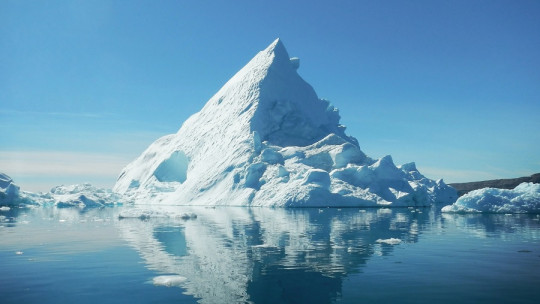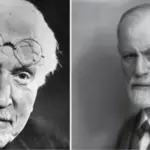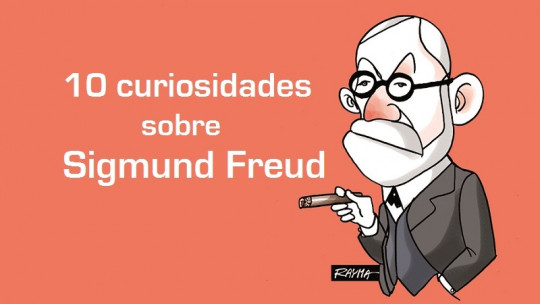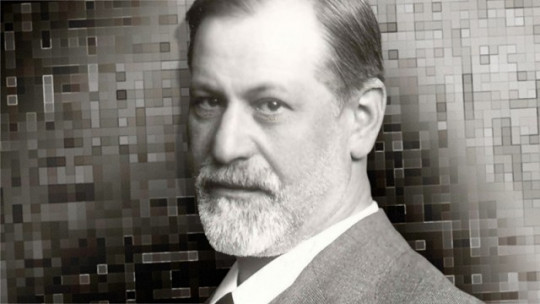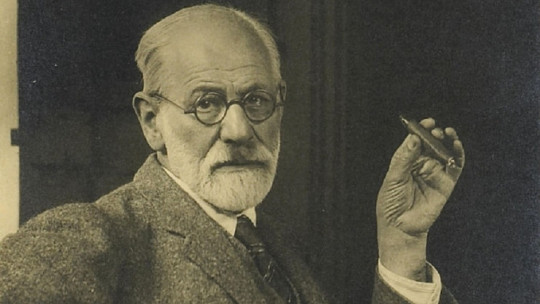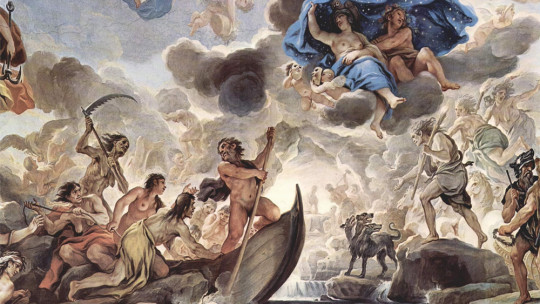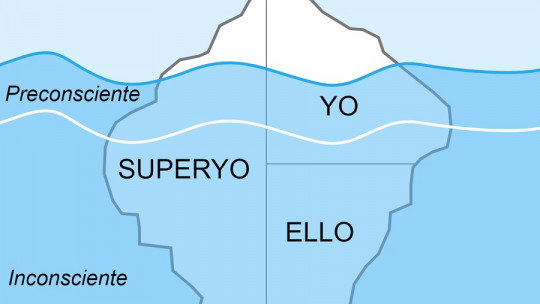
The concept of the unconscious, which has been especially studied by the psychoanalytic and psychodynamic currents. In fact, the unconscious is one of the basic pillars that Sigmund Freud used to develop his well-known theories.
But although psychoanalysis can be complex to understand, sometimes even psychoanalysis has used metaphors or comparisons with other aspects of reality in order to facilitate the understanding of what its theory proposes. An example is from Freud’s iceberg metaphor which we are going to talk about throughout this article.
Psychoanalysis and consciousness
Psychoanalysis is one of the most well-known and popular theoretical trends in the history of psychology, although it is not the most validated and has often been poorly considered by other psychological trends.
This school of thought and theoretical current, whose father and founder is Sigmund Freud, It focuses mainly on the study of the unconscious considering that current human behavior is the product of conflicts between our instinctual part and the repression and management of these by the conscious.
Its emergence draws largely on the currents of thought of the time and the increasingly medical view of hysteria, and as the years passed the author developed an increasingly complex view of his theory regarding psychic functioning.
His theories on the psychosexual development of minors (in the oral, anal, phallic, latency and genital stages) and its differentiation between id or drive element, ego and superego or censorship.
Also relevant is his consideration of libido or sexual energy as the main source of psychic and instinctual energy, and his profound work on female neuroses and hysteria (especially prevalent in a time of strong sexual repression such as the Victorian era, something that must be taken into account when assessing its focus on this aspect).
But to understand all this it is necessary first understand what difference there is between the conscious and the unconscious, something that can be easily visible thanks to Freud’s iceberg metaphor. Let’s see what it consists of.
Freud’s iceberg metaphor
Freud’s iceberg metaphor is a metaphor through which it is intended to show and make seen the existence of instances or parts of our psychic apparatus that are not directly accessible on a voluntary and conscious level. The similarity would occur between the different parts or instances of consciousness and the vision of an iceberg, a mass of ice floating in the ocean.
This metaphor was not described in detail by Sigmund Freud, but by his followers and intellectuals interested in psychoanalysis, and especially by Stefan Zweig. It is a fairly visual explanation of the differences between the psychic instances or levels of consciousness proposed by Freud, which in turn serve as a basis for another of his models.
This model mentioned exposes three basic structures that according to Freud make up our personality: the id or primitive and instinctual part that obeys the pleasure principle the superego or censoring part derived from the social and learned and the ego or element that sublimates the impulses of the id to what is acceptable to the psyche based on the reality principle.
If we focus on the image of an iceberg seen from land, we are only able to see the part that sticks out of the water, and from time to time we can observe through the waters how a small area that is on the limit emerges or submerges. and contacts directly with the surface of the water.
However, there is a large part, in fact generally much larger than the visible part, that is submerged and which we do not have access to visually unless we immerse ourselves. This image would be directly comparable and equivalent to the functioning of our psychic structure, specifically at the level of identifying the levels of consciousness.
1. The conscious: the emerged part of the iceberg
According to Freud’s ideas, we are able to see only a small emerged part that corresponds to the mental activity that we can detect directly and voluntarily, in addition to assuming a link between the external world and our mental processes.
We would be facing the instance known as conscious, totally under our control and in which there are therefore no active defense mechanisms that block them. However, this element is where our internal psychic energy is most contained, since we exercise direct control of them.
2. The limit between the submerged and the emerged: the preconscious
We can also find a second instance called preconscious, which would correspond to the part of the iceberg that is between what has emerged and what is submerged in such a way that depending on the movement of the waters and the circumstances it can be seen.
It is the set of those contents that are generally not identifiable to us and that we cannot bring to our consciousness at will, but that can emerge in our psyche abruptly and when we make a great effort to bring them to light. According to Freud, To do this we will have to overcome the existence of defense mechanisms that repress these contents through selection or deletion.
3. The unconscious: the great submerged mass
Lastly, and perhaps the most relevant instance for psychoanalysis, it corresponds to the large mass of ice that remains submerged and invisible to those who look at the iceberg from the surface, but which is nevertheless basic for what has emerged to exist.
We are talking about the concept of the unconscious, which would include everything the set of drives, impulses, desires, primary instincts or even repressed memories which is moved by the pleasure principle and which remain hidden from our consciousness except to the extent that they establish a compromise solution to become acceptable to the psychic apparatus.
The unconscious would be our most primary, pure and natural part, in which psychic energy moves with total freedom. It would also be the most intense and the one that most marks our way of being and the direction to follow in life, but it is strongly repressed and censored by various defense mechanisms as these contents are unacceptable.

